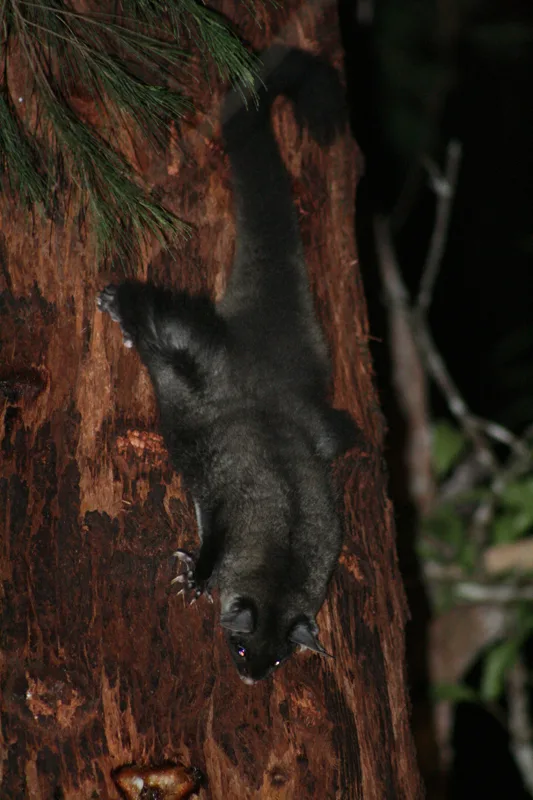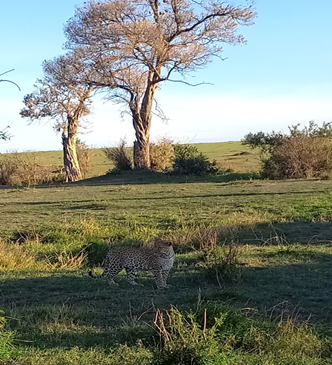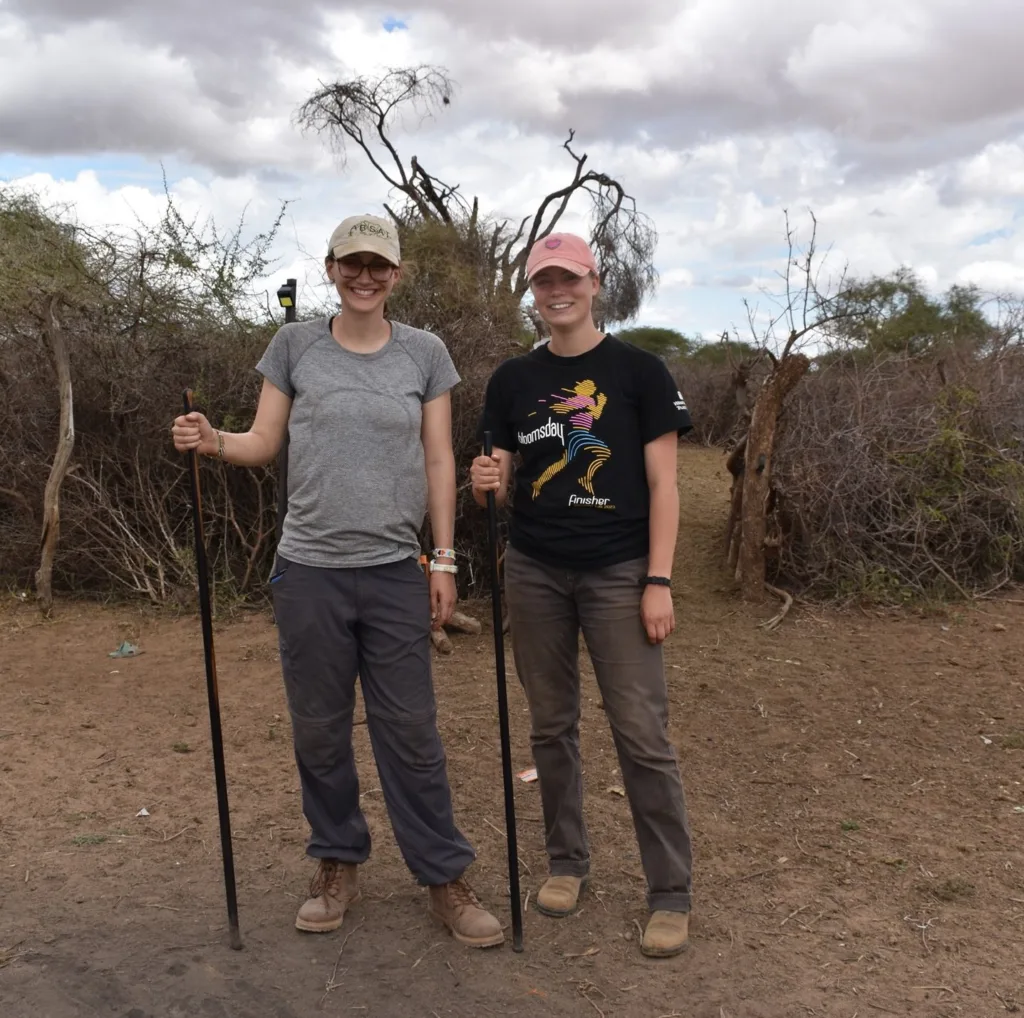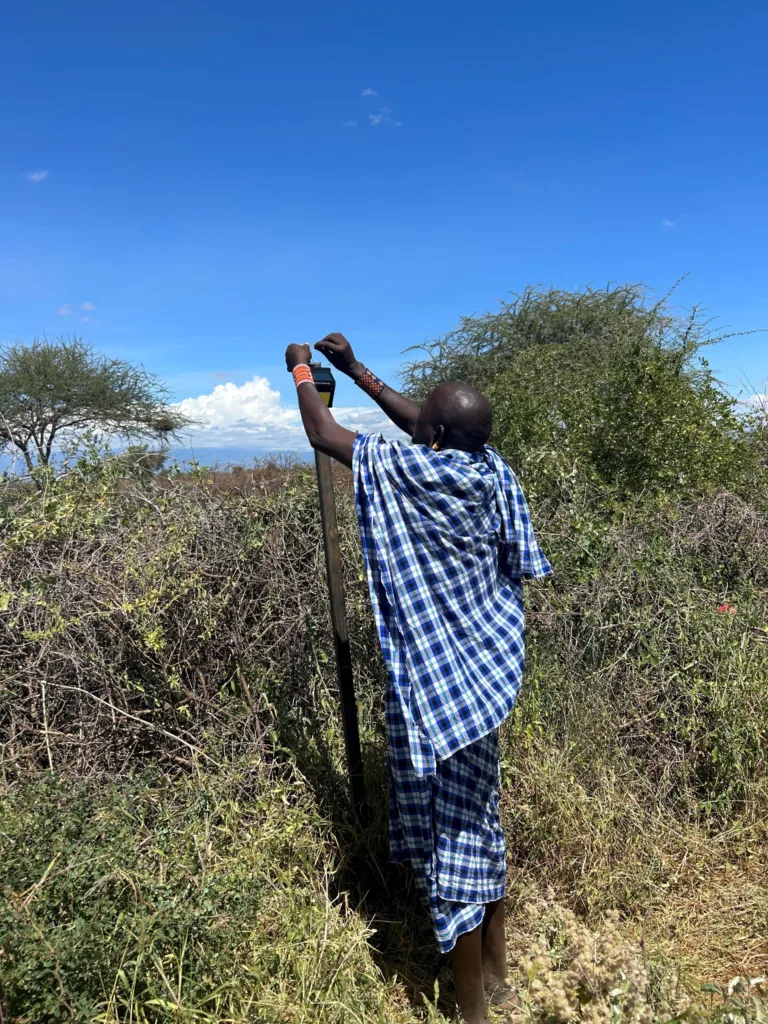Studying Yellow-Bellied Gliders
For each course, students at the Centre for Rainforest Studies spend a week completing a Field Exercise (FEX). This involves designing projects, collecting data, and writing up their findings and helps prepare them for the extensive field work they’ll do during their Directed Research (DR) projects. Week 5 marked their first FEX, and they went full force into the world of animal observations with Rainforest Ecology Professor, Dr. Sigrid Heise-Pavlov. The students spent their exercise studying Yellow-bellied Gliders in Tumoulin Forest.

Yellow-bellied Gliders of the Tumoulin Forest are nocturnal animals that have a specific preference for certain trees in the Eucalypt forest. They use hollows of large rose gum trees as dens and they use their sharp teeth to cut away at the bark of the red mahogany tree to feed off its sap. The students were taught how to identify the trees and spot the signs of Yellow-bellied Gliders by Alan Winlaw of the Tablelands National Park Volunteers.
The students split up into groups and trekked down transects into an area of un-surveyed forest in search of these den trees and feed trees used by Yellow-bellied Gliders. Thanks to the previous work of Dr. John Winter of the Threatened Species Unit, Department of Environmental Protection and Heritage Act in Atherton, and many volunteers, large areas of the forest have already been surveyed to find den and feed trees. The students’ findings will add to this database.
The students’ evenings were spent in hopes of observing these nocturnal animals from the twilight hours of 6:30 PM to 8:30 PM at various feed and den trees. The trees were selected from Dr. Winter’s previously identified feed and den trees. The students stuck it out each night through rain, leeches, and mosquitos. No one said fieldwork was easy or clean!
With the research that they collected, the students will be able to elaborate on previous semesters’ data and discover trends that may occur. Do the Yellow-bellied Gliders use different feed and den trees during different seasons? What causes may lead to the Yellow-bellied Gliders using specific trees?
The research will provide further information on the population of Yellow-bellied Gliders in Tumoulin Forest, elaborating on the dependence of this glider population on these trees and the forest. Yellow-bellied Gliders of this population are listed as “vulnerable” under the Queensland Nature Conservation Act of 1992 and the Environmental Protection and Biodiversity Conservation Act of 1999, and the protection of their habitat from deforestation is essential for the conservation of this species.
Related Posts


Alumni Reflections: Stories of the Return to Kenya
